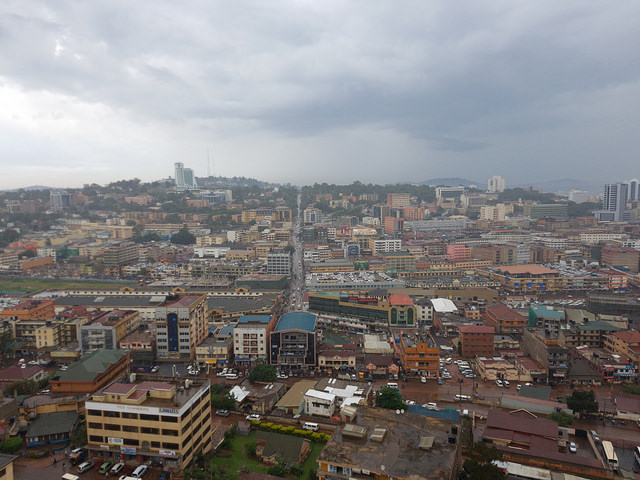The Steady Growth of Infrastructure in South Africa
 South Africa has suffered from decades of apartheid, and is now focusing on improving its own infrastructure rather than that which was imposed on it. The expansion of infrastructure in South Africa is necessary to adhere to the demands of its improving economy and growing population.
South Africa has suffered from decades of apartheid, and is now focusing on improving its own infrastructure rather than that which was imposed on it. The expansion of infrastructure in South Africa is necessary to adhere to the demands of its improving economy and growing population.
In 2012, to improve the infrastructure in South Africa, the National Infrastructure Plan was implemented. The South African government hopes to invest nearly R827 billion ($58.4 billion) to improve multiple industries, including electricity, transportation, the Internet and water.
Eskom, a public electric utility in South Africa, has used money from this initiative to improve its old plants as well as establish new ones. One of their new plants, Ingula, is set to be completed by the end of 2017. Ingula will be a hydro-powered plant consisting of four units that will generate 1,332 megawatts. In addition to this hydro-powered plant, they are also expanding into coal plants. These two new coal-fired plants, Medupi and Kusile, will generate a combined 9,500 megawatts for South Africa.
Along with fixing its electricity problems, South Africa also has plans to increase its communication capabilities by 2020. One aspect of this will be to increase digital access to television and to move all South Africans from analog television to digital broadcasting. Along with television, Internet access is going to be a greater struggle. The government wants to provide fiber connectivity on a local level, as well as to establish networks in rural areas. These improvements aim to increase people’s connection to the news and to help them stay more well informed. On top of this, the South African government is also going to focus on establishing fiber Internet in 125 Dinaledi, which are schools focused on math and science, and 1,525 district schools.
One of the most important new infrastructure projects in South Africa is the completion of three new bridges connected to the N1 freeway. President Jacob Zuma spoke on October 17 about the importance of these new bridges, and how “this project demonstrates the fact that the government responds to the needs expressed by communities and the priorities they identify.” One of these bridges is a vehicle bridge and the other two are pedestrian bridges. They were designed and built to help people cross the highway in these high-traffic areas to access shops in the village.
These direct responses to help its citizens and make their lives better is one of the reasons that South Africa is a growing, prospering nation.
– Scott Kesselring
Photo: Flickr
